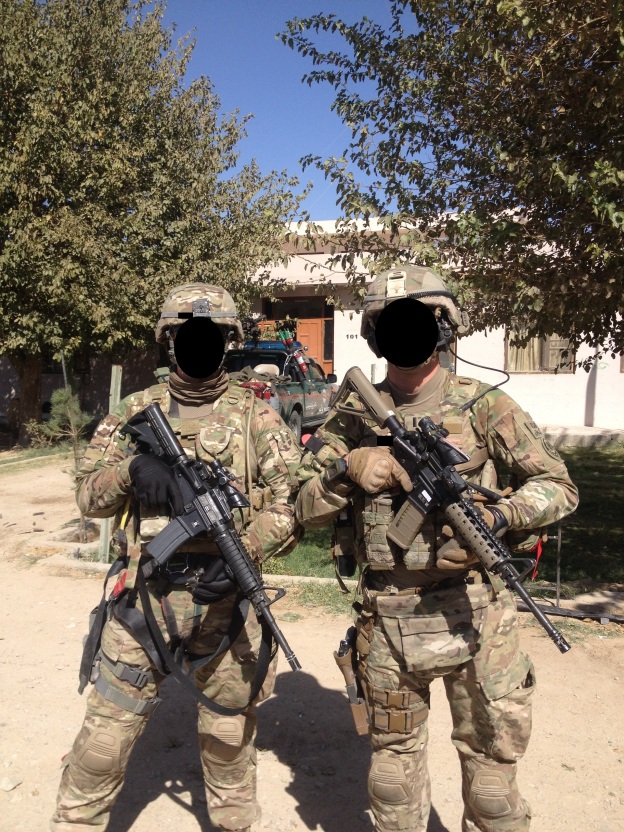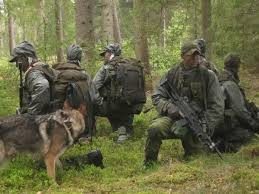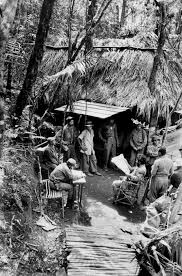I’ve been extremely busy with finishing up my four-year degree and with getting myself into good shape with dieting, martial arts and weights. It’s going well. I’ve been watching a lot of the videos on YouTube of the latest tactical folks talking about gear and guns and training and all that. Some are good and some are just so-so. Most of them are saying the same things as all the others. I’m not knocking them at all. I think they do a good job. I like Pat McNamara and Jocko and several others. Mike Glover is good. One YouTube page called “Garand Thumb” is good too. I do admire these guys who have that experience and also are naturally good at being on camera and teaching. I think I could teach to small groups decently well but I just don’t think I am very good on camera. Writing is easier for me.
I do get asked from time to time what I think people should be doing and training for. Some people want to know about what to expect and how to prep their homes and property. Others want to know the more tactical stuff. Gear and guns. But one thing I don’t get asked a lot about is how to train and what sort of skills will be useful when it comes to tactics and shooting engagements. Patrols and that sort of thing.
I think this depends on what you want to do, but it also depends on how many fit riflemen you’re going to have on a regular basis. Most people, most groups and most families are not going to have more than a handful. What you can do and what you want to do and what you need to do depend on what type of unit you can set up. You want to take over the town? You need a battalion of riflemen minimum. 500+ guys. Want to secure your block? You probably need a platoon of 30 guys. Even 30 men is going to be more than what the vast majority of groups will have.
More likely you’re going to have 10 or less, and in a SHTF scenario, you’re not going to be marching down the open road doing patrols in full battle rattle. The objective needs to be intelligence collection so you know what’s coming your way. Intelligence, surveillance and reconnaissance (ISR). That’s what I was doing for part of my time in the Army with 2-38 Cav long range surveillance (LRS) attached to 7th SFG.
I’m not going to break it all down here, but what I’m saying is that putting together one or two fireteams to run quiet, ISR missions in your AO. Laying low and not looking for a fight. Any LRS team that your survival group can put together should be no more than four people, no less than two. They need to be able to travel long distances from your home base, stay out for up to three days if needed, and come back. They need to be able to hit man-sized targets with their primary weapon out to 300 yards. They need long range viewing gear and commo gear that will keep them in touch with each other and with home base. They need a minimum level of medical skills, to include the ability to treat gunshot wounds and cuts of various sizes. They need to be able to travel quickly and hide quietly, and they need to be able to fight with the intent to break contact and make it back alive.
I believe this is the best group to put together if you can. Essentially it’s a two, three or four man long range surveillance, sniper/spotter, cavalry scout type team for forward information gathering. If you have five guys, that’s bordering on too many for this, but you can make that work, as long as you’re not leaving your home base undefended. Never leave your home undefended. Six men means you get to have two teams trading out.
Good luck. Happy training.






